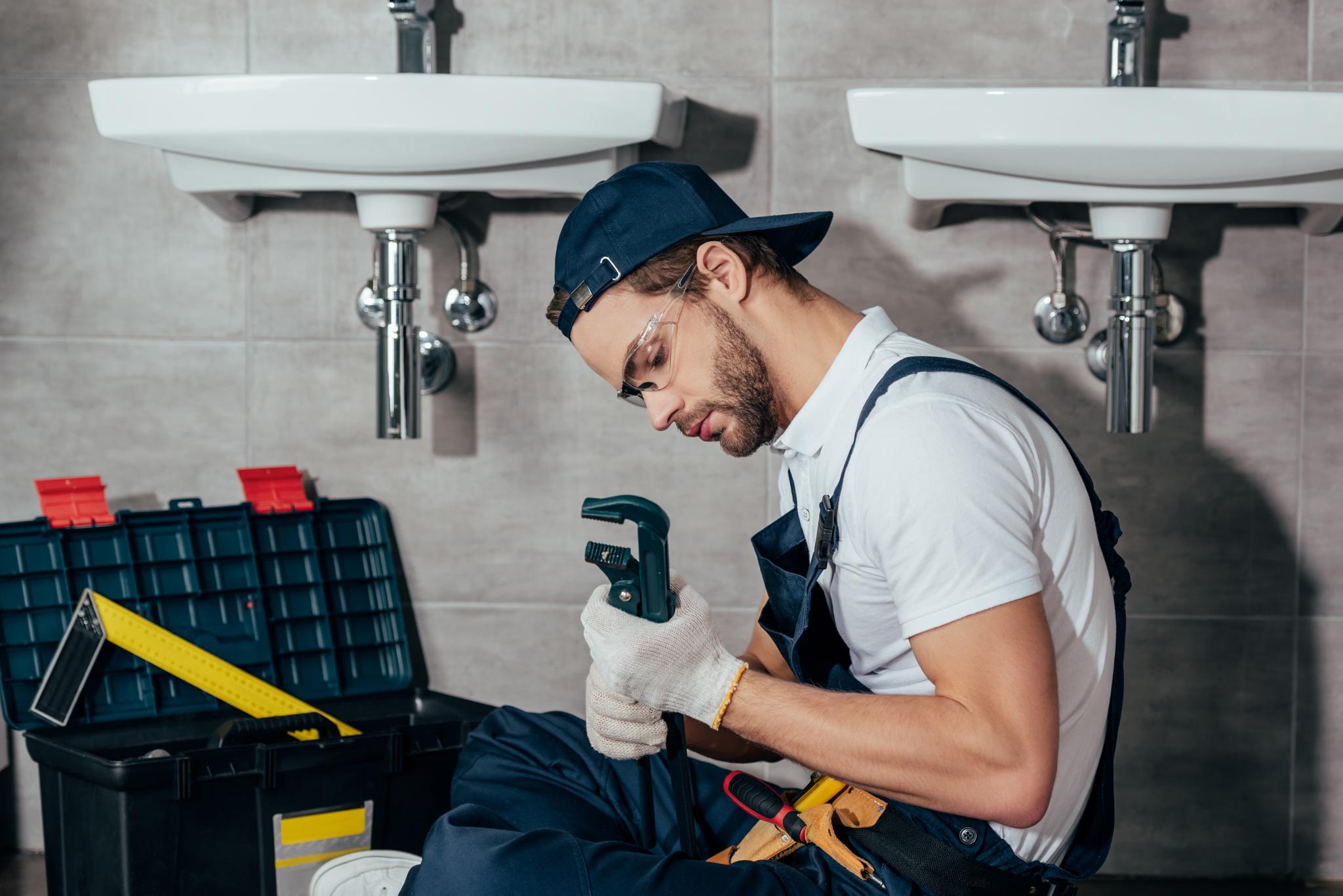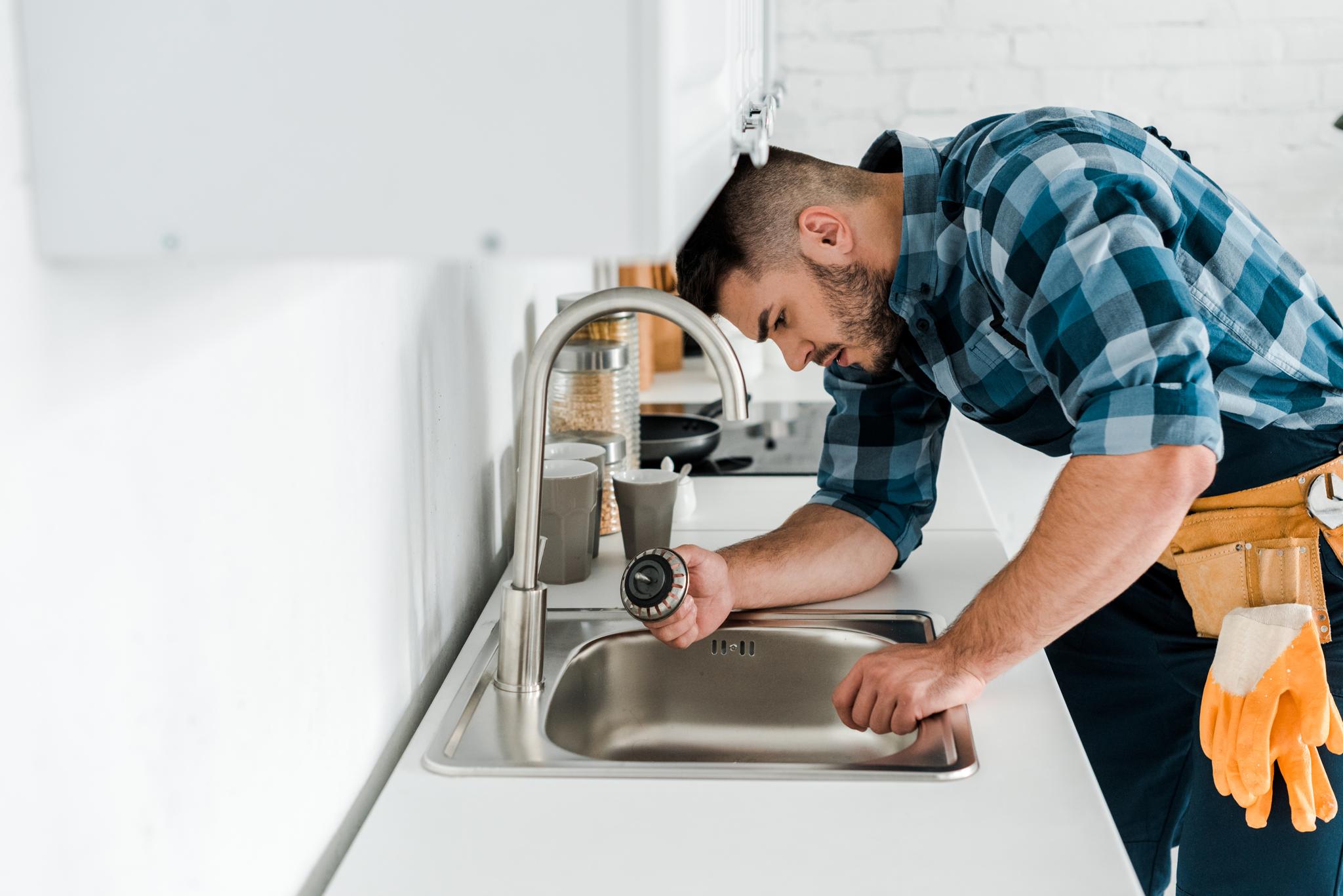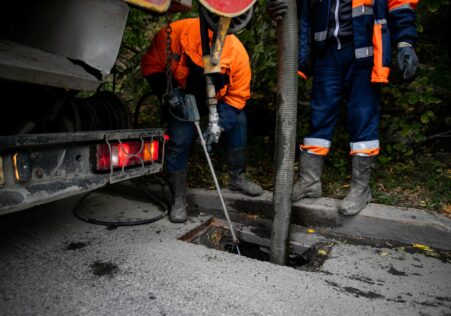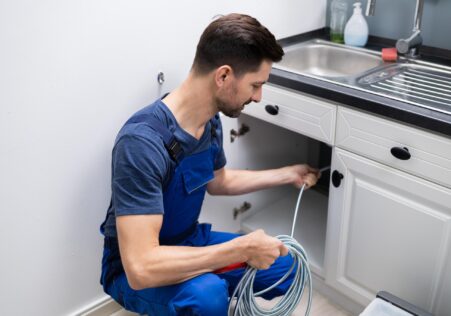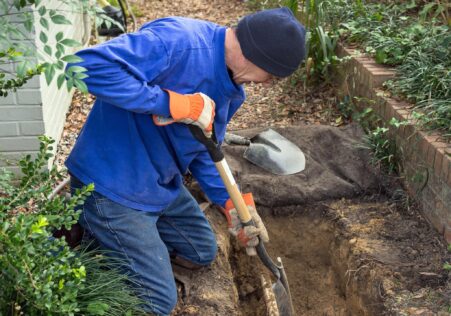How to Choose the Right Pipe Relining Material for Your Home
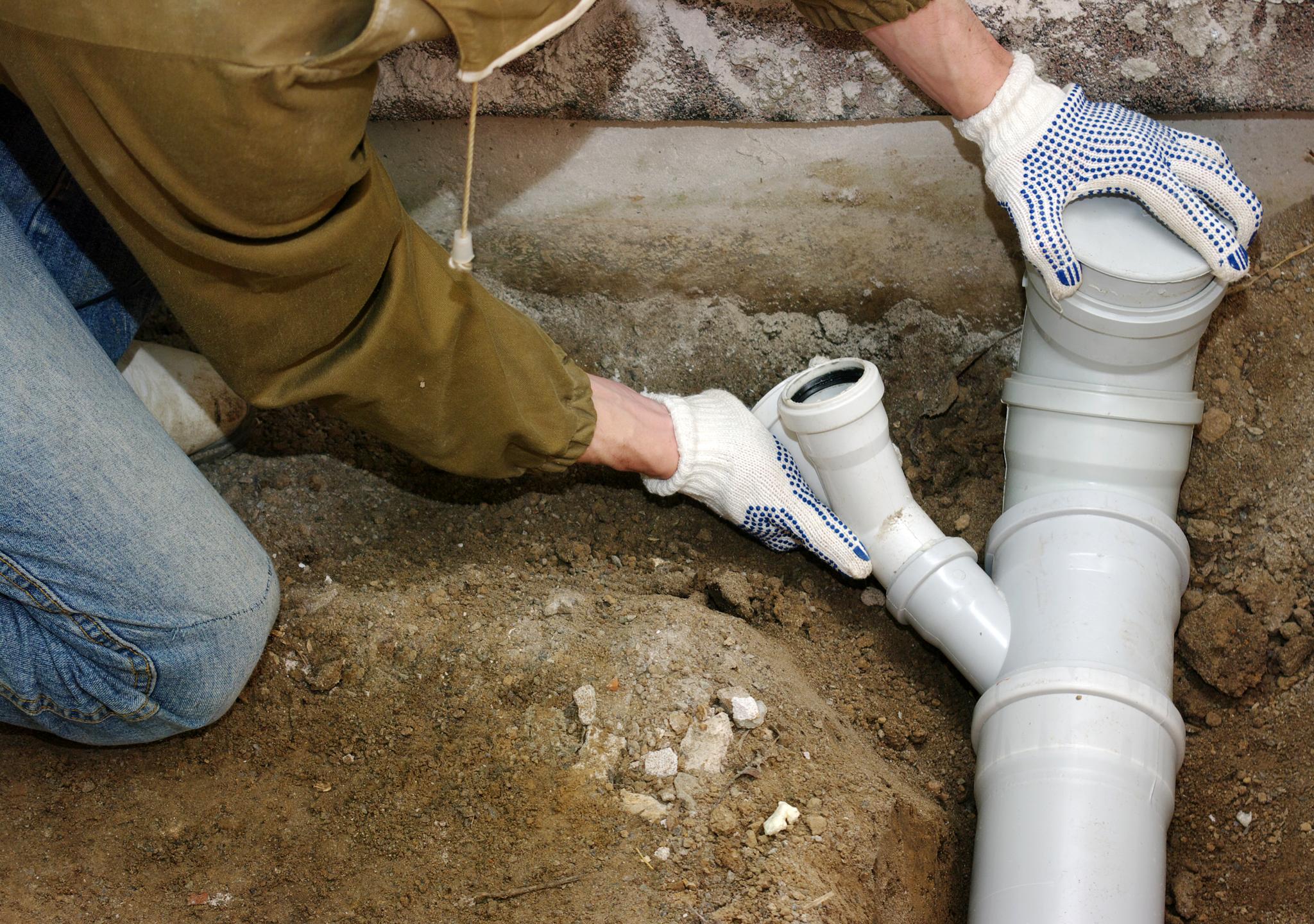
The maintenance of your home’s plumbing in good condition is important, but the pipes can become worn-out over time. The traditional method of replacing them involves digging away and removing the old pipes. This can be messy and costly. Relining pipes is an even more cost-effective and practical alternative.
Key Takeaways
- The process of relining pipes is a low-cost alternative to traditional replacement of pipes techniques.
- Selecting the correct pipe relining materials is vital for longevity and efficiency
- Considerations when choosing pipe relining materials include environment, flow capacity along with durability, cost, and maintenance
- Materials for relining pipes include Cured-in Place-Pipe (CIPP), Fiberglass Pipe Lining, and Cast Iron Pipe Lining.
- Relining pipes results in a new "pipe inside the pipe" which allows you to restore full functionality, without elimination of pipes.
But with so many different options for pipe relining it’s important to pick the appropriate one. This guide will assist you in understanding the factors to take into consideration when selecting the right pipe relining material which is suited to your needs and budget.
What is Pipe Relining?
Before we begin to discuss the process of selecting the correct pipe relining material, let’s quickly look at what it is.
Pipe relining is a process which involves the installation of an epoxy liner inside damaged or damaged sewer lines, water mains or other underground piping system to prevent the root from infiltrating and leaking. It basically creates a brand new "pipe inside an existing pipe" that assists in restoring the full functionality, without having to require the removal of the existing pipes.
The benefits of pipe relining include:
- Minimizes excavation works
- Lowers the costs of traditional methods
- It’s less messy than excavation
While there are many advantages but selecting the appropriate material for lining is crucial when it comes to effectiveness and long-term durability.
Take into account the following when selecting pipe relining Materials
- Environment Another of the essential things that you must think about when choosing an appropriate pipe lining material must be the surrounding. The external conditions determine how long the lining and will not be impacted by impacts such as chemicals and humid conditions, among others.
- Capacity of Flow The term "flow capacity" could refer to the amount of liquid that flows effortlessly over the plumbing after you have installed new liners.
- Durability: Durability measures how long it will last against difficult environments such as excess water levels, chemical substances and other conditions that are harsh.
Costs
Additional Information
- Why Your Business Needs Periodic Drain Inspection and Cleaning
- The Pros and Cons of Clearing Blocked Drains Yourself or Hiring a Professional
- When to Stop Piping Damage: Consider Replacement
- Optimize Your Property's Plumbing System with Pipe Relining
- DIY Drain Cleaning: How to Safely Tackle Clogged Drains
- Common Causes of Drain Blockages and How to Avoid Them
- When to Schedule a Professional Drain Cleaning Service
- The Future of Plumbing: Advances in CCTV Drain Inspection Technology
- The Benefits of CCTV Drain Inspections for Blocked Drains and Corroded Pipes
- Why Trenchless Pipe Relining is the Future of Condominium Plumbing


